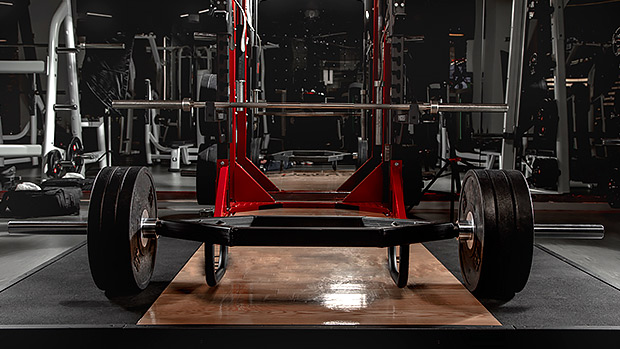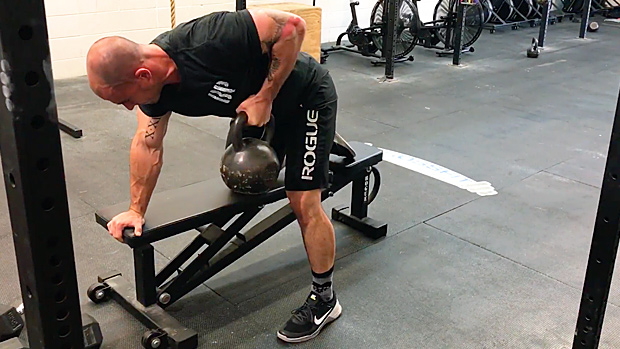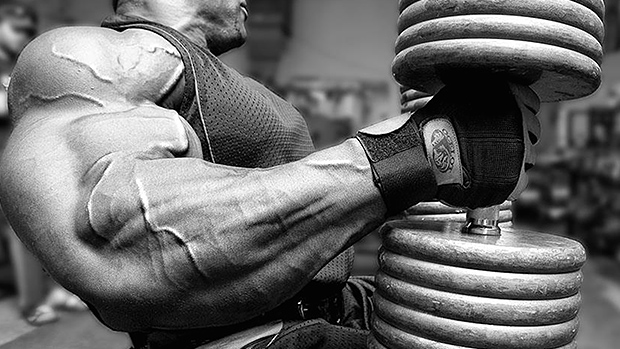Think of this as a hybrid exercise since it combines the movement pattern of a trap bar deadlift with the unilateral bias of a single-leg deadlift (SLDLs). The only thing separating it from the latter is that the non-working leg is on the ground.
Split-Stance Trap Bar Deadlift
The small amount of support provided by the non-working leg is a game-changer since it eliminates any stability/balance issues that often manifest during regular SLDLs.
As a result, this variation allows for far heavier loads – between 70-80% of that used for regular trap-bar deadlifts – while placing enormous amounts of tension onto the working leg.
For a lifter with a 1RM trap bar deadlift of 500 pounds, that would equate to 350-400 pounds per leg, which would be impossible to replicate with any other unilateral exercise.
Moreover, this variation has some advantages over regular trap bar deadlifts because it promotes a "spiraling" motion (from external to internal rotation) to get more loading into the back hip. And it requires a lower torso position during the initial pull, both of which promote a bit more glute activity and a slightly greater range of motion.





